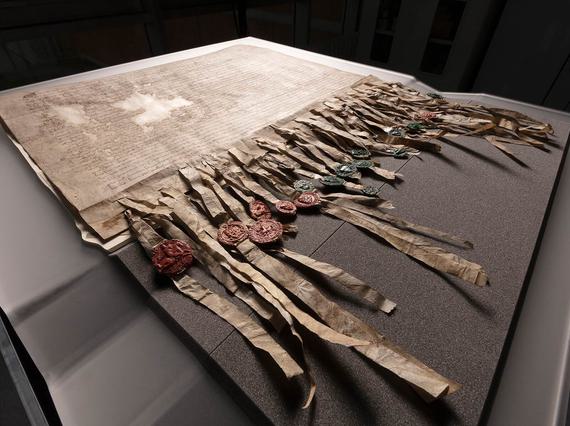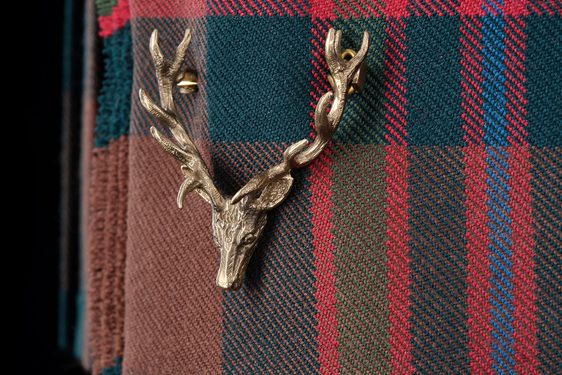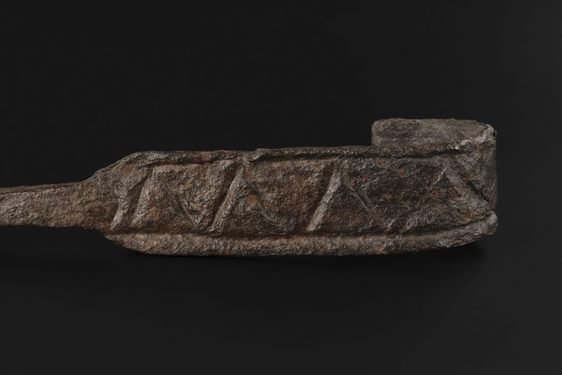
About The Declaration of Arbroath
The Declaration of Arbroath is a letter dated 6 April 1320 written by the barons and freeholders of the Kingdom of Scotland to Pope John XXII. The letter asked the pope to recognise Scotland's independence and acknowledge Robert the Bruce as the country's lawful king.
Despite the Scots' success at the Battle of Bannockburn, Robert I had not been recognised as king by either King Edward II of England or the Pope. At the time, the Pope desired peace between England and Scotland so that both kingdoms could help in a crusade to the Holy Land. The Declaration sought to influence him by offering the possibility of support from the Scots for his long-desired crusade if they no longer had to fear English invasion.
Written in Latin, it was sealed by eight earls and about 40 barons. It was authenticated by seals, as documents at that time were not signed. Only 19 seals now remain.
The surviving Declaration is a medieval copy of the letter, the original having been dispatched to the pope in Avignon. It is cared for by National Records of Scotland and is so fragile that it can only be displayed occasionally in order to ensure its long-term preservation.
Read a full transcription from The National Records of Scotland.
In partnership with
You might also like
- Discover

For hire: Making Highland dress more accessible
The suit of Highland dress acquired from Gordon Nicolson Kiltmakers, Edinburgh, captures the company’s distinct approach to Highland wear for hire. The hire package centres on the ‘John Muir Way’ tartan. This pattern was designed by, and…Keep reading - Discover

Scots words and superstitions in household objects
Many of our objects speak to the rich heritage of the Scots language. Perhaps you came to see our ‘flauchters’ or were ‘conflummixt’ by our collection of ‘creepies’ or ‘crusies’. Many of these object names have a charming origin and…Keep reading - Discover

Six kilt suits from Georgian Scotland
Our collections contain a rich array of Highland dress costume and tartan fashion from the Georgian era. Discover a range of kilt suits from 1790 to 1830.Keep reading
